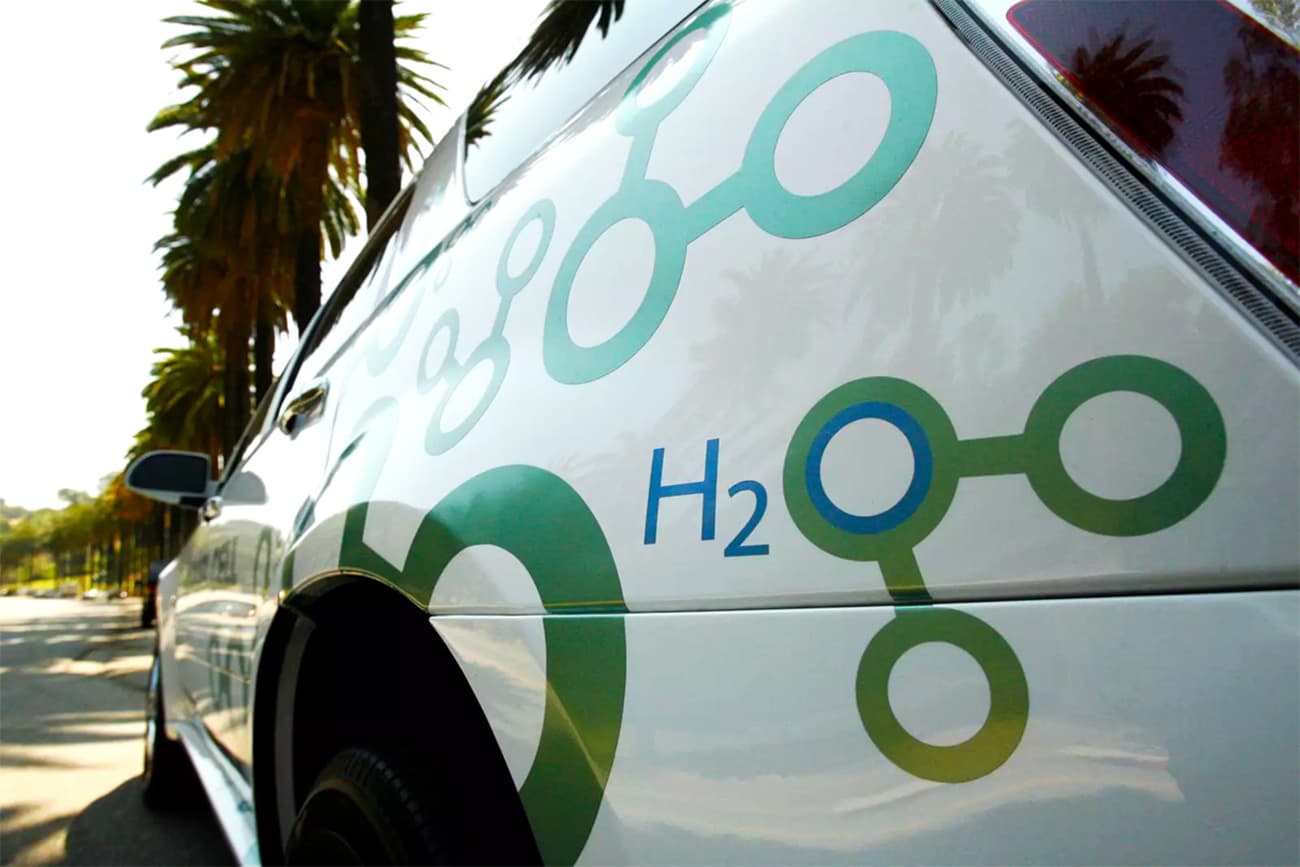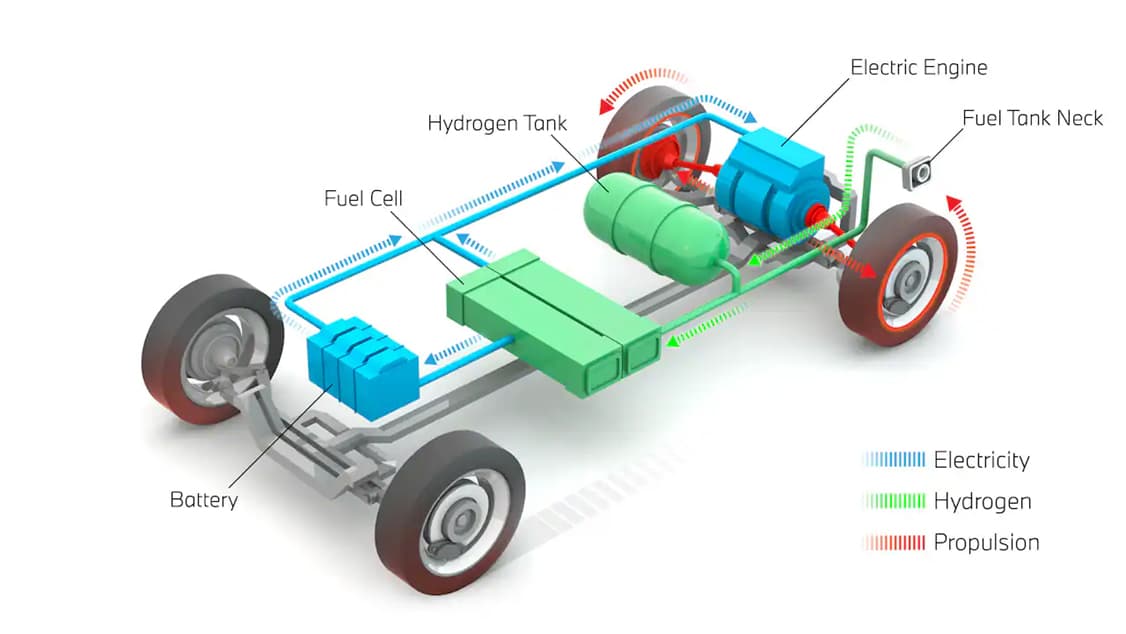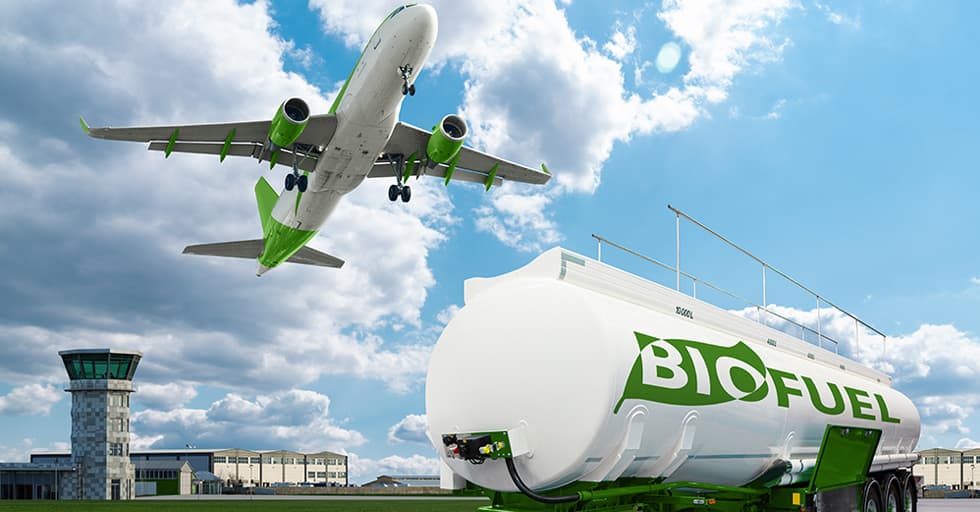India, a rapidly growing economy and soon-to-be the world’s most populous country, faces escalating environmental challenges amidst its road transport expansion. This growth has led to surging CO2 emissions, nitrogen oxides (NOX), and fine particulate matter (PM2.5) pollution. Road transport presently contributes to 12% of India’s energy-related CO2 emissions and exacerbates urban air pollution. Amidst these concerns, the quest for cleaner, sustainable mobility solutions has become imperative.
So, have you ever wondered what could power the vehicles of the future, providing clean and sustainable mobility while reducing our carbon footprint? In this blog, we’ll delve into the world of green hydrogen, exploring its significance in transportation and how it is poised to shape the future of clean mobility. By examining the latest data, reports, and technological developments, we’ll uncover the transformative potential of green hydrogen and its role in creating a more sustainable transportation ecosystem.


Understanding Green Hydrogen and Its Impact in the Transportation Sector
Green hydrogen has become a viable alternative in the search for sustainable energy sources, especially for transportation. The transportation industry is a notable source of greenhouse gas emissions as the globe struggles with climate change and attempts to cut carbon emissions. Green hydrogen uses renewable energy sources to power cars and lessen their environmental impact, providing a route towards cleaner mobility. Near-real-time data analysis revealed that emissions from domestic and international transport, including shipping and aircraft, have left a CO2 footprint of more than 37 million tons in 2023.
The Role of Green Hydrogen in Transportation
Transportation stands as a major contributor to global greenhouse gas emissions, with conventional fossil fuel-powered vehicles amplifying air pollution and climate change impacts. However, amid this crisis, green hydrogen emerges as a beacon of hope, presenting a transformative avenue to decarbonize transportation and curb its environmental toll. Thus, India must shift to green hydrogen fuel to become greener. Green hydrogen can help India cut 3.6 gigatonnes of CO2 emissions by 2050, as per a NITI Aayog report. Since renewable energy is becoming cheaper, green hydrogen will be a cost-effective fuel for India in the future.
In alignment with India’s goal to achieve net-zero emissions by 2070, Avaada Group embarks on its journey into this sector. The commencement of our Green Hydrogen plant in Odisha marks a significant step towards this endeavor. While still in its early stages, green hydrogen is making waves in various transportation sectors:
- Fuel Cell Vehicles (FCV): It is one of the most promising uses of green hydrogen in transportation. Fuel cell vehicles use hydrogen to create electricity, which powers the electric motor in the vehicle. In contrast to battery electric vehicles (BEVs), which depend on electricity that has been stored, it generates electricity internally by reacting hydrogen and oxygen, with the only byproduct being water vapor. Moreover, hydrogen fuel cell cars are less than 40% energy-efficient while most battery-powered electric cars boast around 80% efficiency.


- Hydrogen-Powered Trucks and Buses: Green hydrogen has potential applications not only for passenger cars but also for larger vehicles like trucks and buses, which are important parts of public transportation and freight transportation. Heavy-duty vehicles using hydrogen fuel cell technology can travel long distances and can be refueled quickly.
- Applications in Aviation and Maritime Shipping: As per a report by the IEA, the aviation industry contributes to a minimum of 3.5% of global warming, while international shipping is responsible for approximately 2% of global CO2 emissions. Hence, green hydrogen has the potential to completely transform these two sectors of the transportation industry in addition to driving. Long-distance travel-related emissions could be greatly reduced by hydrogen fuel cell-powered ships and aircraft, providing a sustainable alternative for sectors of the economy that primarily depend on fossil fuels.
The End Goal: A Greener and Cleaner Future
There are many obstacles in the way of a clean transportation future driven by green hydrogen, but the potential benefits are enormous. We can realize the full capacity of this clean fuel by resolving the slashing the production cost, constructing infrastructure, and encouraging cooperation. Though it won’t happen overnight, we can make sure that green hydrogen genuinely powers the future of clean mobility and leaves a cleaner, greener, and healthier planet for era to come.









